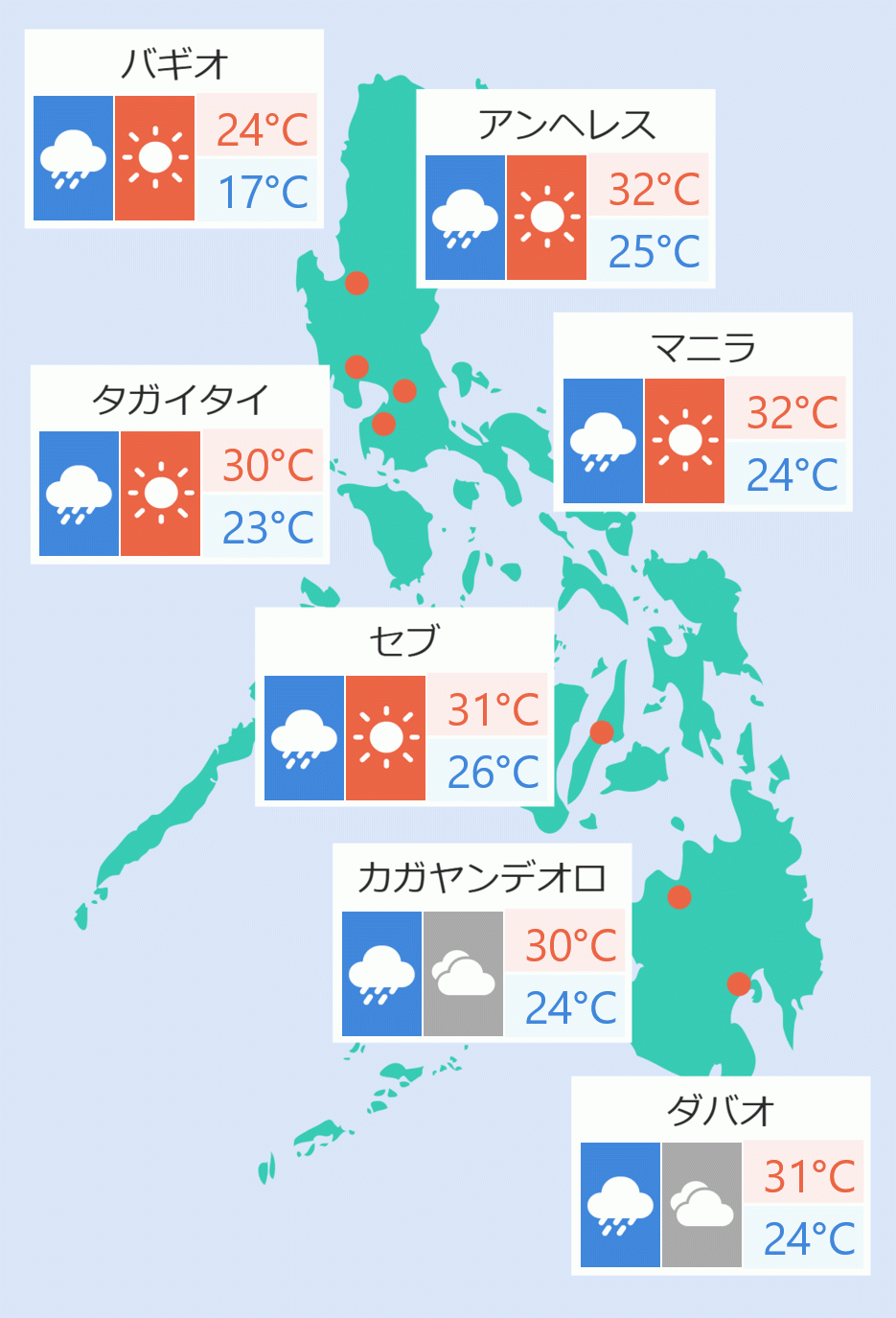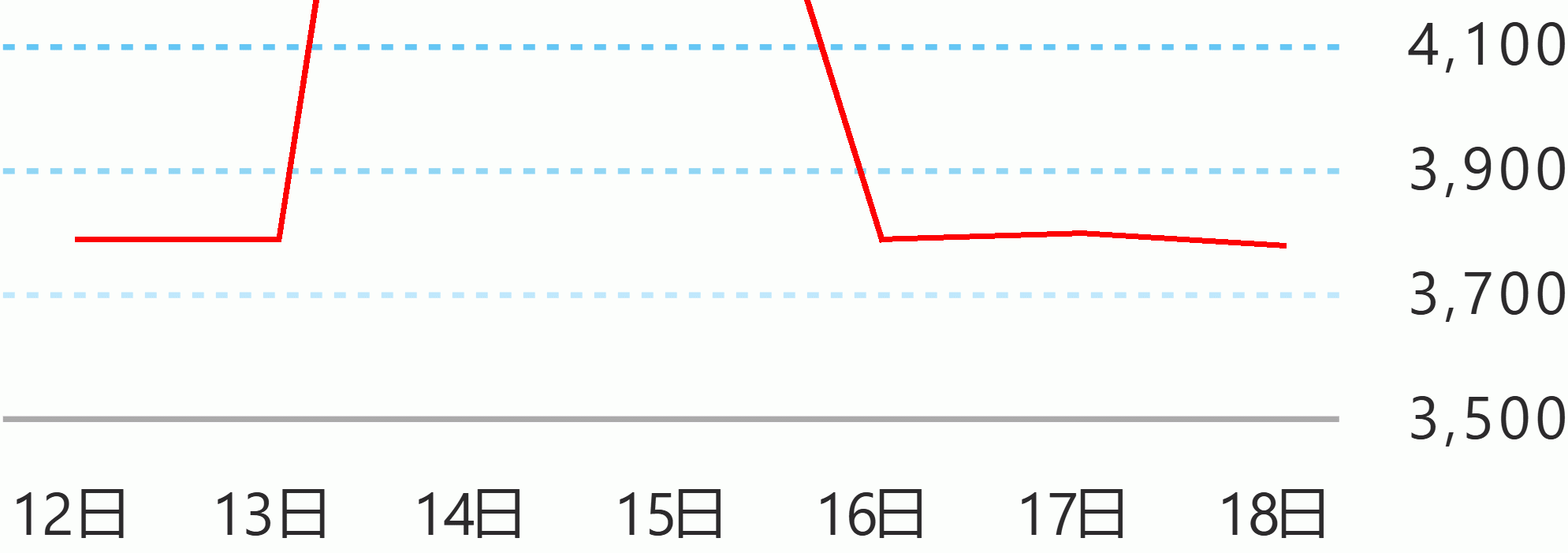Gross international reserves (GIR), based on preliminary data, rose to $94.1 billion as of end-October from the end-September GIR level of $93 billion.
The latest GIR level represents a more than adequate external liquidity buffer equivalent to 7.5 months’ worth of imports of goods and payments of services and primary income. Moreover, it is also about 6.7 times the country’s short-term external debt based on original maturity and 4 times based on residual maturity.
The month-on-month increase in the GIR level reflected mainly the National Government’s (NG) net foreign currency deposits with the BSP, which include proceeds from its issuance of ROP Global Bonds, and upward valuation adjustments in foreign currency-denominated reserves (or non-gold reserves).
Similarly, the net international reserves, which refers to the difference between the BSP’s reserve assets (GIR) and reserve liabilities (short-term foreign debt and credit and loans from the International Monetary Fund (IMF)), increased by $1 billion to $94 billion as of end-October from the end-September level of $93 billion. BSP





 English
English









